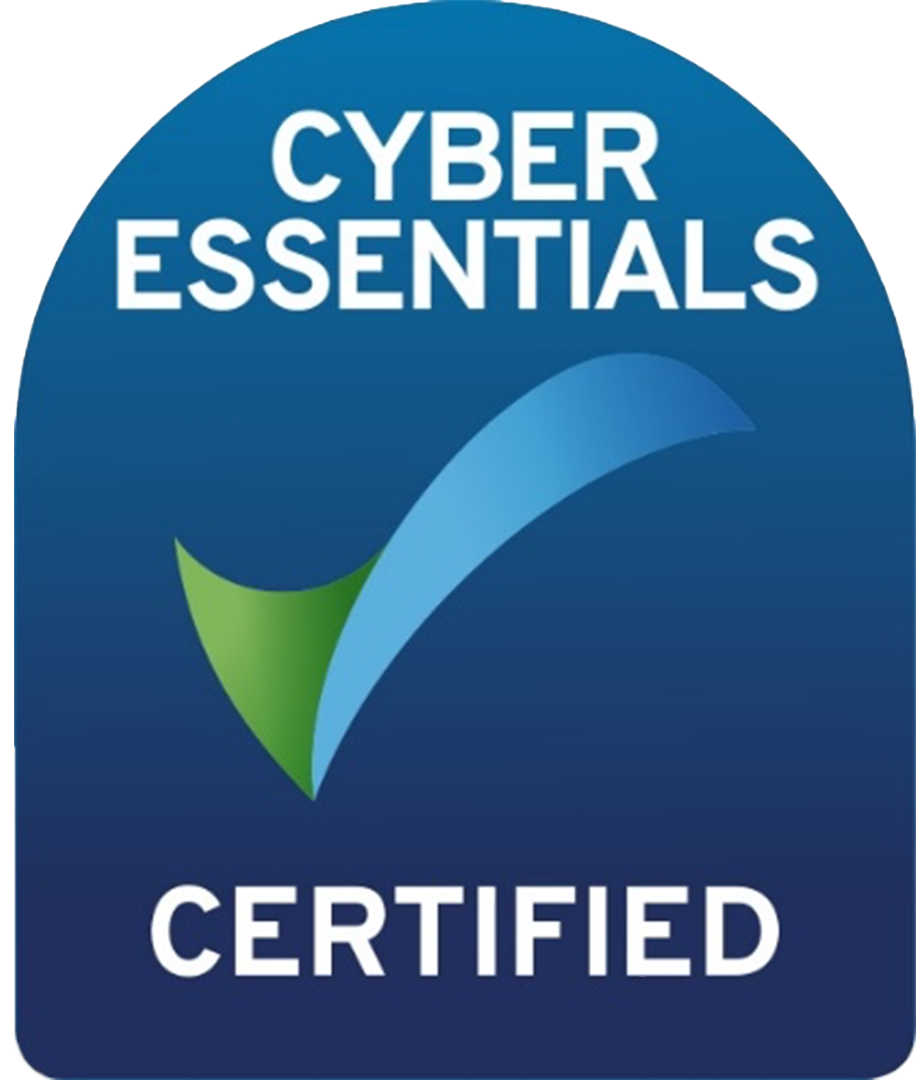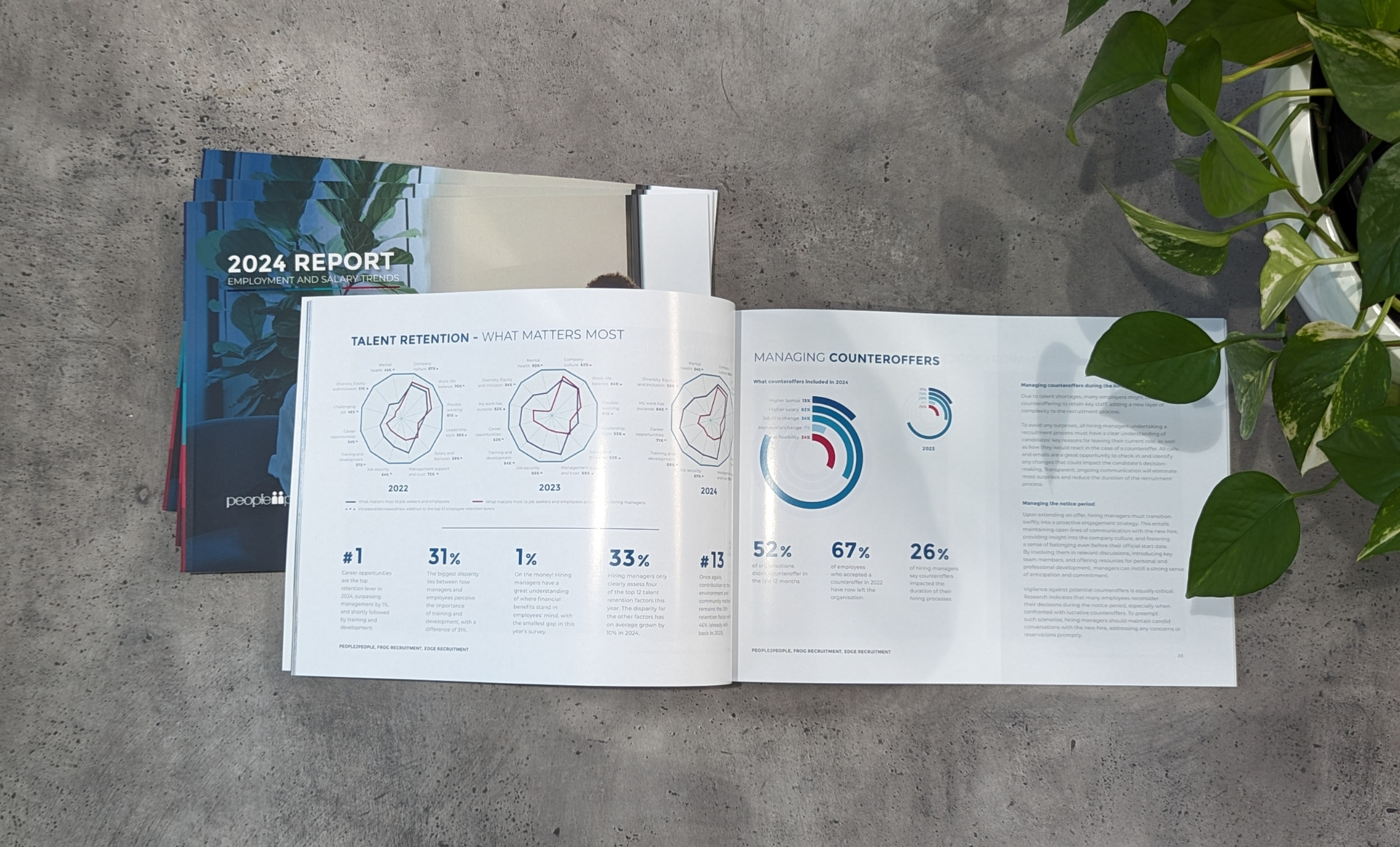My work in recruitment has exposed me to some blatant discrimination experienced by LGBTQIA+ identifying candidates. Whilst the law prohibits this, I have seen these individuals dismissed and overlooked due to their sexual orientation alone, leaving their skills, qualifications, and experience unacknowledged. Surveys indicate that more than 40% of lesbian, gay, and bisexual people and almost 90% of transgender people have experienced employment discrimination, harassment or mistreatment. However, these issues can be rectified by implementing strategies to ensure a diversified and LGBTQIA+ friendly workplace.
Some organisations have acted as trailblazers in the movement towards creating LGBTQIA+ friendly workplaces. American NGO GLAAD was formed in 1985 and has since evolved to become a key catalyst of cultural change, accelerating acceptance for the LGBTQIA+ community. At the forefront of this social battle, GLAAD conducts studies, creates reports and delivers educational programs. Consequently, there has been a progressive recognition of the need for diversity and equity in the workplace.
In LGBTQIA+ friendly workplaces, leaders are focused on ideas, outcomes, work ethic and enthusiastic team members, rather than the sexual orientation of employees.
Here is a helpful guide to creating a more accepting environment for current and future LGBTQIA+ staff.
1. Benefits of an equal and diverse workplace
People spend around one-third of their life at work, so you want your employees to be themselves, and be productive. Studies indicate that openly gay employees are more productive and positive than those who conceal their sexual identity. Therefore, it follows that an open and accepting work environment leads to greater productivity, better team culture and company loyalty, and ultimately the achievement of business objectives.
2. Create and enforce policies
A diverse and equal organisation should be supported by a rigorous non-discriminatory employment policy. Of Fortune 500 companies, 91% have policies that include sexual orientation and gender identity. Don’t be caught up like the outdated 9% group! Research, set up, educate and implement proper progressive policies and procedures. This will require constant follow through and means educating the team from the top down. Compliance with Statutory Laws is vital and having the right policies in place will help you become an employer of choice.
3. Recruitment strategies
An LGBTQIA+ friendly workplace policy effectively acts as a comforting welcome mat to all candidates, irrespective of their sexual orientation. Are you missing out on outstanding candidates because you don’t have this welcome mat?
It is essential to present the right message when advertising or engaging a recruitment agency to fill a position. Digital platforms can be utilised to reach a wider network, which is likely to encompass the LGBTQIA+ community. Interviews and selection processes should be clear, fair and devoid of bias (conscious or unconscious). The interview should focus on the person and what that they may bring to the table if he or she is included on the shortlist.
4. Education and training
An acceptance of diversity, coupled with a clear implementation of steps one through to three, send a clear message to potential candidates that the business understands the importance of creating a diverse workplace that promotes equality. Education and training support and underpin the policies and procedures which have been put in place.
Everyone is entitled to be treated with common decency, irrespective of sexual orientation. The struggle for acceptance is ever constant for LGBTQIA+ people, let alone progressing into more senior roles or leadership positions in the context of employment. Those LGBTQIA+ people who come out, essentially come out time and again throughout their lives. Therefore, the need for positive, diverse organisations that support all their employees is vital.
A diverse, happy and equal workplace can lead to an increase in productivity, positivity, and importantly, loyalty. And in turn, productive, positive, loyal staff, who feel safe and secure at work, will add value to both the organisational culture and the organisation’s profitability.
Share this article
Useful links
Search for jobs today
Temp Jobs in United Kingdom
Perm Jobs in United Kingdom
Got a vacancy?
What's happening in the market?
Get your copy of the 2024 United Kingdom Employment and Salary Trends Report
How do I prepare for my job interview?
Get in touch
Find out more by contacting one of our specialisat recruitment consultants across Australia, New Zealand, and the United Kingdom.
Recent insights



UK's 2024 Employment and Salary Trends Report
Salary trends, talent attraction and retention strategies
Copyright © 2024, people2people
people2people partners with
CarbonInvoice to measure and mitigate any carbon emissions associated with the work we do.
Specialisations
Locations
Resources




